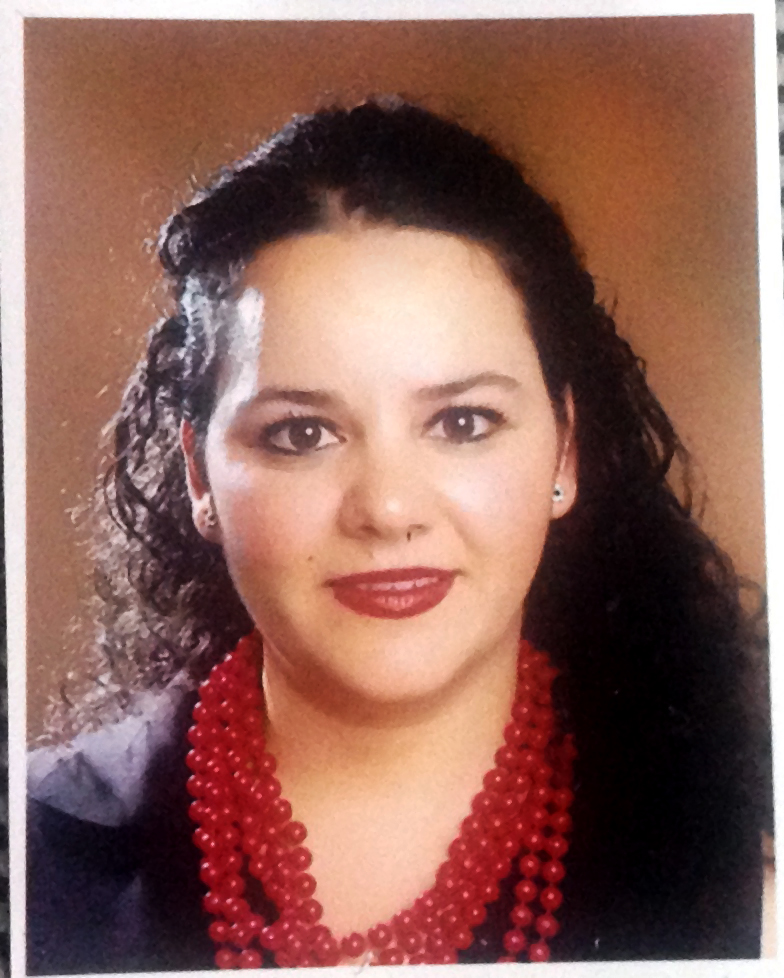In nearly every Palestinian home you will find a picture of Jerusalem. Many of those pictures are of religious sites – Al-Aqsa Mosque or the Church of the Holy Sepulcher – but for the few lucky families who can visit Jerusalem, the pictures will include smiling family members posing in front of a Jerusalem site.
Those who have the chance to experience Jerusalem know that Jerusalem is like no other place on the planet. Beautiful, captivating, endearing, and frustrating, Jerusalem is many things. But the one thing that it is not is a museum. Jerusalem is a living, breathing city that leaves an indelible impression on everyone.
For me, Jerusalem is the birthplace of my mother, Sara. I recall visiting my grandparents as a young child; their home was accessed only by entering Herod’s Gate. Jerusalem has a scent to it – coffee, stone, food, civilizations. My childhood memories include my grandmother asking me to deliver a three-layered metal container – a matbakieh – that contained my uncle’s lunch to his shop in the Old City. While it is nearly impossible to find a matbakieh today, one can still witness young children masterfully weaving through the labyrinth of Jerusalem’s streets to deliver food or attend school. No GPS needed here.
The first time I ever heard English spoken was in Jerusalem. The first time I met a tourist was in Jerusalem. Jerusalem is also where I first witnessed the Intifada. With the closures, the tension, and the army, Jerusalem is the home of political education.
It is said that Jerusalem is the closest place to heaven. For those who are able to live within its walls, it is the closest place to both heaven and hell, for Israel makes it nearly impossible to live here.
Today, Jerusalem comes alive in people’s minds through its culture and cultural activities. “Jerusalem Lives” is an art exhibition that presents various perspectives on the city through the eyes of 48 different artists.
You can’t reach Jerusalem, so we will bring it to you … to smell … to taste … to touch … and to see. The most important thing is to keep it alive in the Palestinian collective memory.


